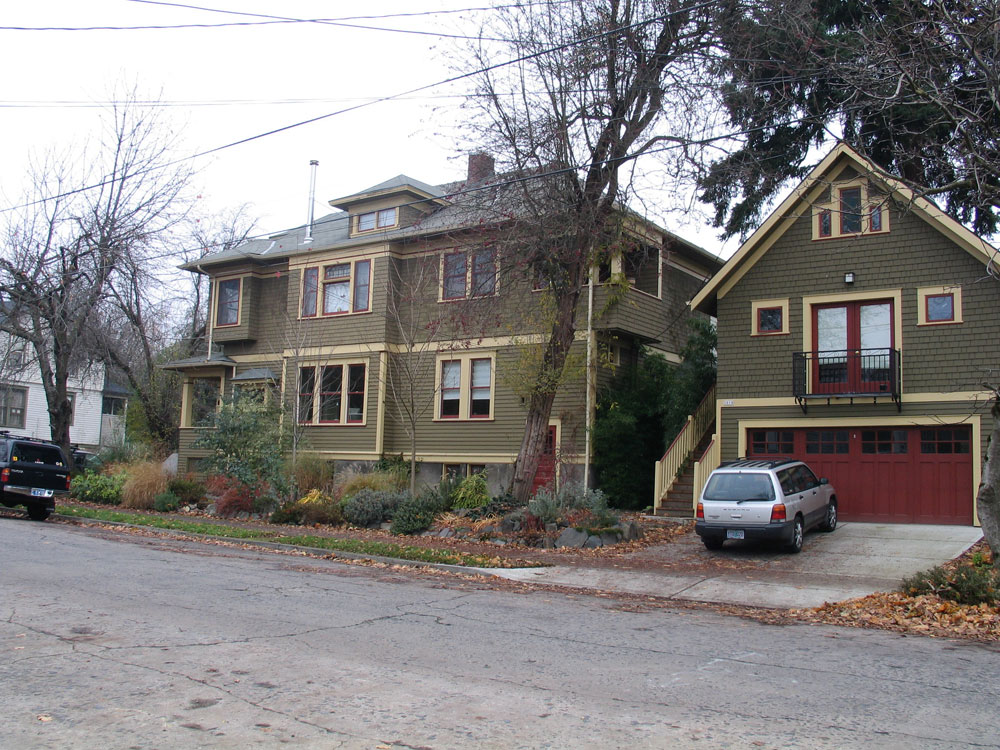
September 30, 2019; Shareable
In San Francisco, a city where the median home price fluctuates around $1.6 million, new solutions to housing affordability are being tried all of the time. Writing in Shareable, Aaron Fernando notes that one of the many drivers of unaffordability is that housing demand regularly exceeds supply. Fernando observes that in 2017, the San Francisco Bay Area added 3.5 times as many jobs as it did new housing units. Measures that can increase the housing supply and close that gap are in high demand.
As NPQ has noted, one tool being used—in addition to community land trusts, new rules that allow nonprofits to purchase housing, and statewide tenants’ rights legislation—has been to encourage the building of “in-law” or “granny flat” housing. Formally known as “accessory dwelling units,” these residences, as Fernando explains, “are small housing units built on existing single-family lots—usually a small free-standing building in a backyard or a unit above a garage in which more people may live.” Traditionally, such units have been used to house relatives, but increasingly they are used to provide more affordable housing, period.
The rules have been loosened to allow more construction, but many obstacles to building remain in place. As Fernando explains, “One is the high cost of building a new structure, which can require $100-200,000 in financing or more and is not always affordable for homeowners. Another significant barrier is the time and energy required to navigate the complex government approval process.”
Enter a new kind of housing co-op.
For two decades, the Arizmendi Association of Cooperatives has developed bakery co-ops. But now it is taking the co-op model and applying it to an entirely new industry: the construction of granny-flat housing. The Roots & Returns co-op, Fernando explains, “draws up a contract with property owners, then finances and constructs each ADU.” In short, what Roots and Returns co-op aims to do is develop a scattered-side housing co-op of granny flat units that it designs, builds, and owns.
Sign up for our free newsletters
Subscribe to NPQ's newsletters to have our top stories delivered directly to your inbox.
By signing up, you agree to our privacy policy and terms of use, and to receive messages from NPQ and our partners.
The co-op pays a lease fee to the homeowner. The goal is to keep rent for the 2-bedroom in-law units it constructs below $2,000 a month—a level that may sound costly until one realizes that the median rent for a one-bedroom apartment in San Francisco is $3,700.
Arizmendi is a proven co-op developer, but the new housing co-op is still in early days. Nonetheless, the potential for the model may be significant.
Fernando explains:
By providing affordable housing to service workers though cooperative construction, the co-op’s solution could simultaneously address multiple problems. The co-op members’ knowledge and expertise around construction and legal requirements makes it less difficult for homeowners to choose to create an ADU in their backyard. Importantly, since the co-op finances and owns each ADU as an asset, homeowners do not have to front that cost, incentivizing the decentralized growth of ADUs.
Fernando adds, “By creating affordable housing specifically for service industry workers in the Bay Area, and by doing it through a worker co-op, this project could be at the vanguard of how affordable, non-extractive housing construction can occur in a truly regenerative economy.”—Steve Dubb











